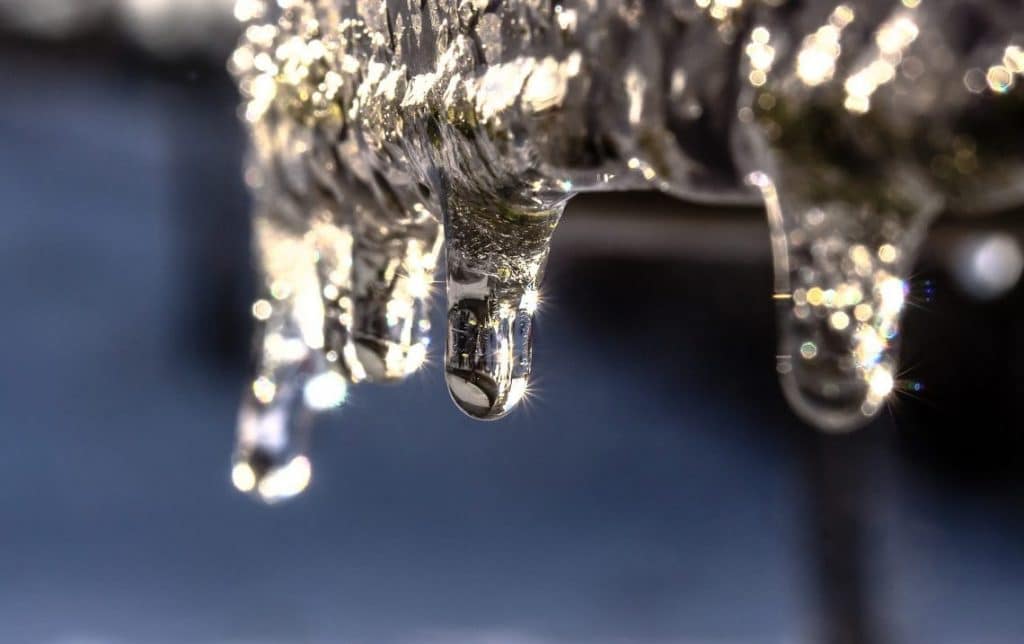Key Strategies for Preventing Frozen Plumbing in Winter
Key Strategies for Preventing Frozen Plumbing in Winter
Blog Article
The article down below about Winter Plumbing Precautions: Preventing Frozen Pipes is truly fascinating. Have a go and draw your own assumptions.

Cold weather can wreak havoc on your pipes, specifically by freezing pipelines. Below's exactly how to stop it from taking place and what to do if it does.
Intro
As temperatures drop, the danger of icy pipelines increases, potentially causing expensive repair services and water damage. Recognizing exactly how to stop icy pipes is important for home owners in cold climates.
Recognizing Icy Pipes
What causes pipelines to ice up?
Pipes freeze when exposed to temperatures listed below 32 ° F (0 ° C) for prolonged periods. As water inside the pipelines ices up, it broadens, taxing the pipe walls and possibly triggering them to break.
Threats and problems
Icy pipes can bring about water supply disturbances, residential or commercial property damages, and pricey repairs. Burst pipes can flooding homes and cause substantial structural damages.
Indicators of Frozen Piping
Recognizing icy pipes early can stop them from breaking.
How to determine frozen pipes
Look for reduced water flow from taps, uncommon odors or sounds from pipes, and visible frost on exposed pipelines.
Avoidance Tips
Protecting susceptible pipelines
Wrap pipes in insulation sleeves or make use of heat tape to shield them from freezing temperatures. Concentrate on pipelines in unheated or exterior areas of the home.
Home heating strategies
Maintain indoor areas adequately heated, particularly locations with plumbing. Open up cabinet doors to permit cozy air to flow around pipelines under sinks.
Securing Outside Pipes
Yard hose pipes and exterior taps
Detach and drain yard hose pipes prior to wintertime. Set up frost-proof faucets or cover exterior taps with insulated caps.
What to Do If Your Pipes Freeze
Immediate activities to take
If you presume icy pipelines, keep taps open to soothe stress as the ice melts. Utilize a hairdryer or towels taken in warm water to thaw pipes gradually.
Long-Term Solutions
Structural modifications
Think about rerouting pipelines far from outside walls or unheated locations. Include extra insulation to attics, cellars, and crawl spaces.
Updating insulation
Purchase high-quality insulation for pipes, attics, and walls. Proper insulation aids keep constant temperature levels and minimizes the threat of frozen pipelines.
Final thought
Stopping icy pipes calls for aggressive procedures and fast actions. By recognizing the reasons, signs, and preventive measures, home owners can secure their plumbing throughout winter.
5 Ways to Prevent Frozen Pipes
Drain Outdoor Faucets and Disconnect Hoses
First, close the shut-off valve that controls the flow of water in the pipe to your outdoor faucet. Then, head outside to disconnect and drain your hose and open the outdoor faucet to allow the water to completely drain out of the line. Turn off the faucet when done. Finally, head back to the shut-off valve and drain the remaining water inside the pipe into a bucket or container. Additionally, if you have a home irrigation system, you should consider hiring an expert to clear the system of water each year.
Insulate Pipes
One of the best and most cost-effective methods for preventing frozen water pipes is to wrap your pipes with insulation. This is especially important for areas in your home that aren’t exposed to heat, such as an attic. We suggest using foam sleeves, which can typically be found at your local hardware store.
Keep Heat Running at 65
Your pipes are located inside your walls, and the temperature there is much colder than the rest of the house. To prevent your pipes from freezing, The Insurance Information Institute suggests that you keep your home heated to at least 65 degrees, even when traveling. You may want to invest in smart devices that can keep an eye on the temperature in your home while you’re away.
Leave Water Dripping
Moving water — even a small trickle — can prevent ice from forming inside your pipes. When freezing temps are imminent, start a drip of water from all faucets that serve exposed pipes. Leaving a few faucets running will also help relieve pressure inside the pipes and help prevent a rupture if the water inside freezes.
Open Cupboard Doors
Warm your kitchen and bathroom pipes by opening cupboards and vanities. You should also leave your interior doors ajar to help warm air circulate evenly throughout your home.

Hopefully you liked our section about Preventing and dealing with frozen pipes. Thanks a ton for taking a few minutes to read our piece. Sharing is caring. Helping others is fun. We truly appreciate your readership.
Book Service Report this page